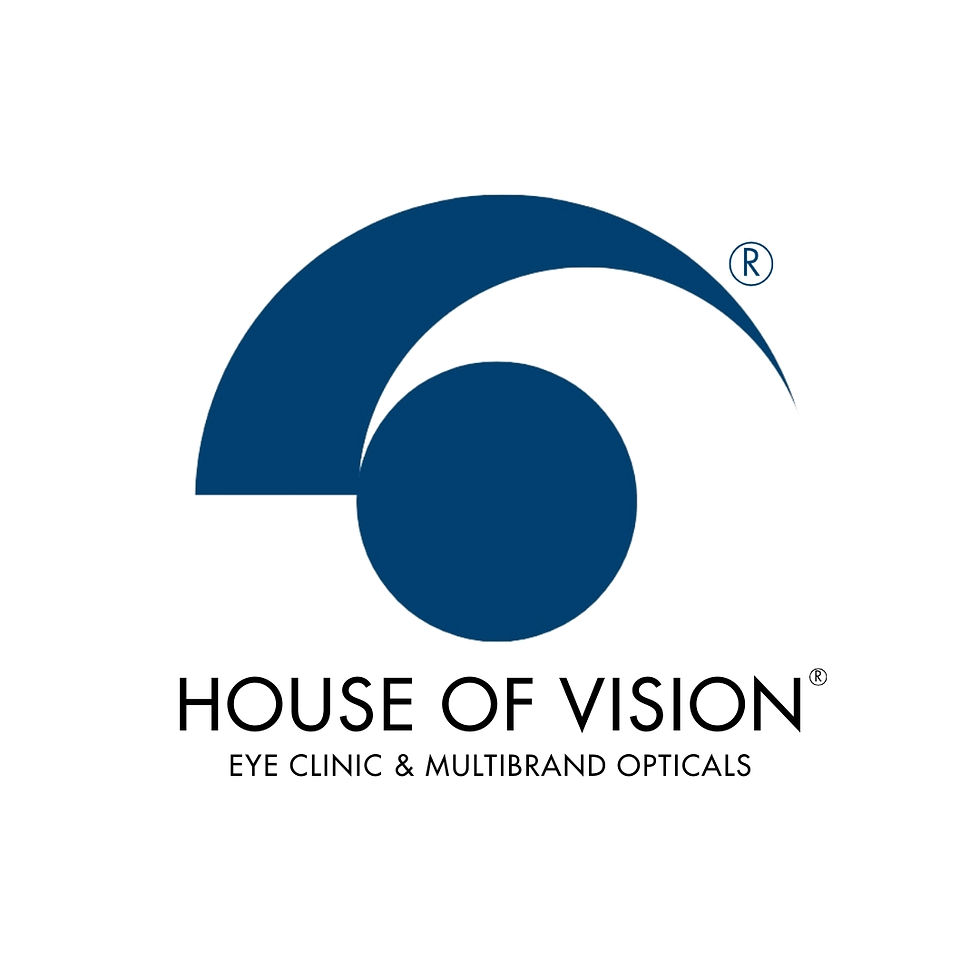


FAQs
Consult a qualified and experienced eye care practitioner for a comprehensive eye exam for professional and personalised consultation and appropriate ophthalmic products and services as per your individual lifestyle and ocular requirements.
-
Healthy adults should get an eye exam every year, and those with glasses or contact lenses should get an exam every six months.
-
People over 40, those with diabetes, hypertension, or a family history of glaucoma, should have yearly checkups.
-
-
Lazy eye, also known as amblyopia, is a condition where one eye does not develop as well as the other, leading to poor vision in the weaker eye.
-
It can be caused by various factors, including differences in refractive errors, strabismus (misalignment of the eyes), or even a slight difference in the development of the eyes.
-
-
No, human eyes do not shrink with age.
-
However, the aging process does affect the eye, potentially leading to decreased flexibility of the lens and the development of conditions like cataracts, age-related macular degeneration, and diabetic retinopathy.
-
-
Eating carrots will improve vision, watching TV up close will damage your eyes, and sun gazing can improve your health are all myths.
-
The American Academy of Ophthalmology debunked several common myths about eye health and vision.
-
-
The most common vision problems include refractive errors (near-sightedness, farsightedness, astigmatism), age-related macular degeneration, glaucoma, cataracts, and diabetic retinopathy.
-
-
LASIK is a refractive surgery that reshapes the cornea to correct vision problems like near-sightedness, farsightedness, and astigmatism.
-
It involves using a laser to remove tissue from the cornea, changing its shape and improving vision.
-
-
The risk factors for diabetic retinopathy include diabetes, high blood pressure, smoking, and kidney disease.
-
Regular eye exams are crucial for people with diabetes to monitor their eyes for signs of diabetic retinopathy.
-
-
Diabetes can damage the small blood vessels in the eye, leading to diabetic retinopathy and other vision-threatening conditions.
-
High blood sugar levels can also cause cataracts and glaucoma.
-
-
Foods rich in antioxidants, such as leafy greens, carrots, and fish, can help protect the eyes from damage.
-
Omega-3 fatty acids, found in fish oil and walnuts, can also benefit eye health.
Featured Brands
-
-
Yes, prolonged screen time can potentially cause problems for your eyes. This is due to a condition known as digital eye strain or computer vision syndrome.
-
Digital eye strain is a group of eye and vision-related problems that result from prolonged computer, tablet, e-reader, and mobile phone use. The level of discomfort appears to increase with the amount of digital screen use. Symptoms can include eyestrain, headaches, blurred vision, dry eyes, and neck and shoulder pain.
-
It’s important to take regular breaks to rest your eyes when using digital devices. The 20-20-20 rule is often recommended: every 20 minutes, look at something 20 feet away for 20 seconds. Also, ensuring that your device is at an appropriate distance and angle can help reduce strain.
-
New technology lenses called Antifatigue lenses are available which can reduce digital eye strain.
-
Remember, while digital eye strain can be uncomfortable, it does not cause permanent eye damage. However, symptoms could be a sign of underlying uncorrected vision problems, so regular eye examinations are essential.
Featured Brands
-